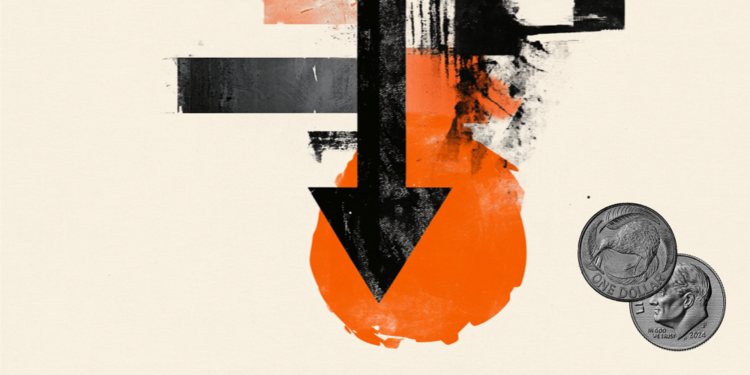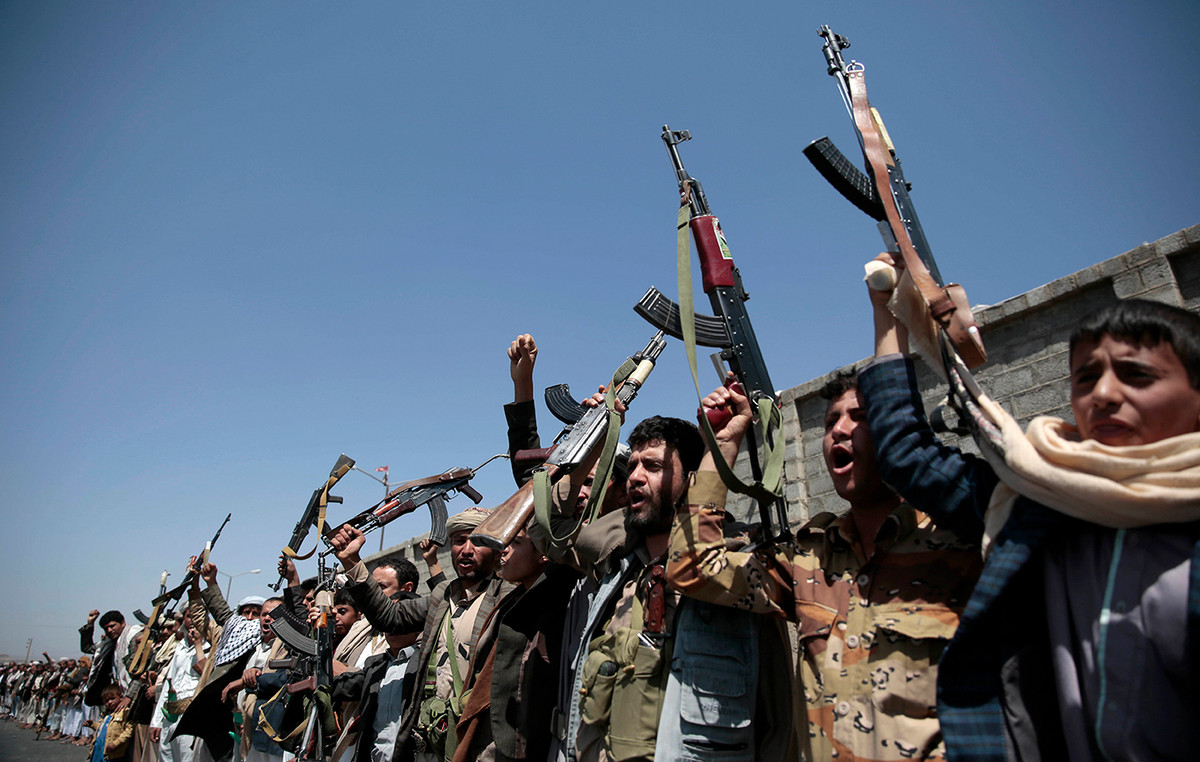The so-called Brazil risk, which measures the country’s ability to pay its debts returned to the level of 300 points on Tuesday (28) for the first time since the first months of the Covid-19 pandemic in 2020.
The data are from S&P Global Market Intelligence, which tracks contracts with a five-year term of the so-called Credit Default Swap (CDS). A CDS is a kind of insurance against a debt default. If the number of contracts rises, the country risk increases.
According to the consultancy’s survey, the Brazil risk exceeded 300 points for the last time on March 16, 2020. At the time, the high uncertainty around the world about the possible impacts of the pandemic increased fears of defaults.
The indicator remained above 300 points for almost three months, but from May 25 onwards it started a downward trend. The highest value in the period was on March 18, with 379 points.
However, the Brazil risk started an upward movement since May 30, 2022, which culminated in the 300 points reached on Tuesday.
The move takes place amid a combination of unfavorable domestic and foreign scenarios.
Abroad, investors are increasingly betting on a strong global economic slowdown, and a possible recession while large economies enter interest-rate cycles to deal with record levels of inflation .
There are also uncertainties regarding the war between Ukraine and Russia, which impacted the world economy, and the pandemic, whose effects have been felt especially in the China with the country trying to contain new outbreaks at the expense of a negative impact on economic activity .
Internally, fiscal risk has returned to investors’ radar. The federal government and Congress have sought to pass measures to alleviate the rise in fuel prices and its effects. The increase in spending itself can lead to an increase in public debt, and therefore increases the difficulty in paying it.
This Wednesday (29), the opinion of the call for Fuels PEC , which involves raising the value of social programs such as Auxílio Brasil and creating new aid for truck drivers. The projection is that the impact on the accounts will be of around BRL 38 billion .
The combination results in a favorable scenario for the dollar, which in recent weeks has returned to exceed R$5, but bad for emerging economies, which may face economic problems amid the withdrawal of investments foreigners. As a result, country risk tends to rise.
The rise in risk itself tends to be negative for Brazil’s image among investors, as the measure is considered a benchmark in the market for determine how safe investments in the country are.
The international context has stimulated an aversion to risk, which tends to especially harm countries seen as more risky.
Source: CNN Brasil
I am Sophia william, author of World Stock Market. I have a degree in journalism from the University of Missouri and I have worked as a reporter for several news websites. I have a passion for writing and informing people about the latest news and events happening in the world. I strive to be accurate and unbiased in my reporting, and I hope to provide readers with valuable information that they can use to make informed decisions.







